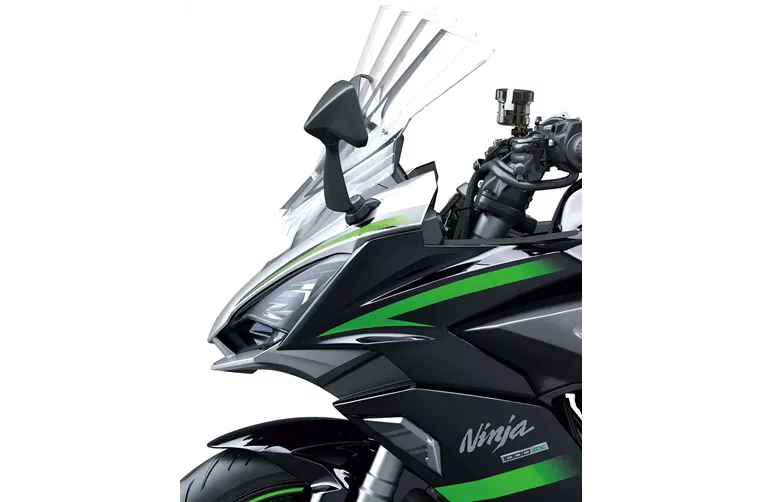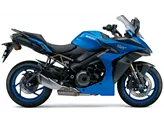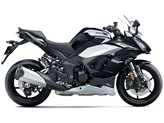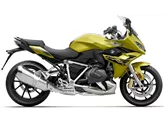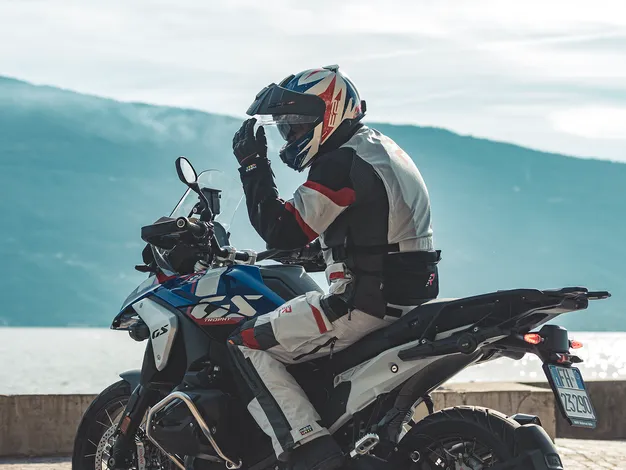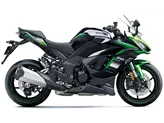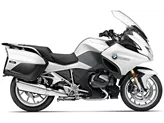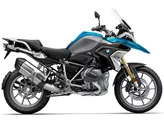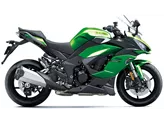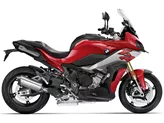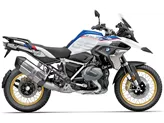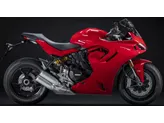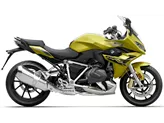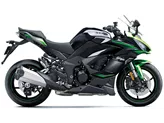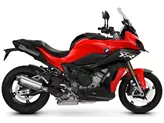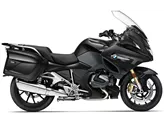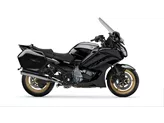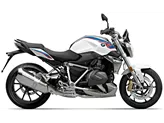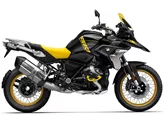Kawasaki Ninja 1000SX 2020 vs. BMW R 1250 RS 2021
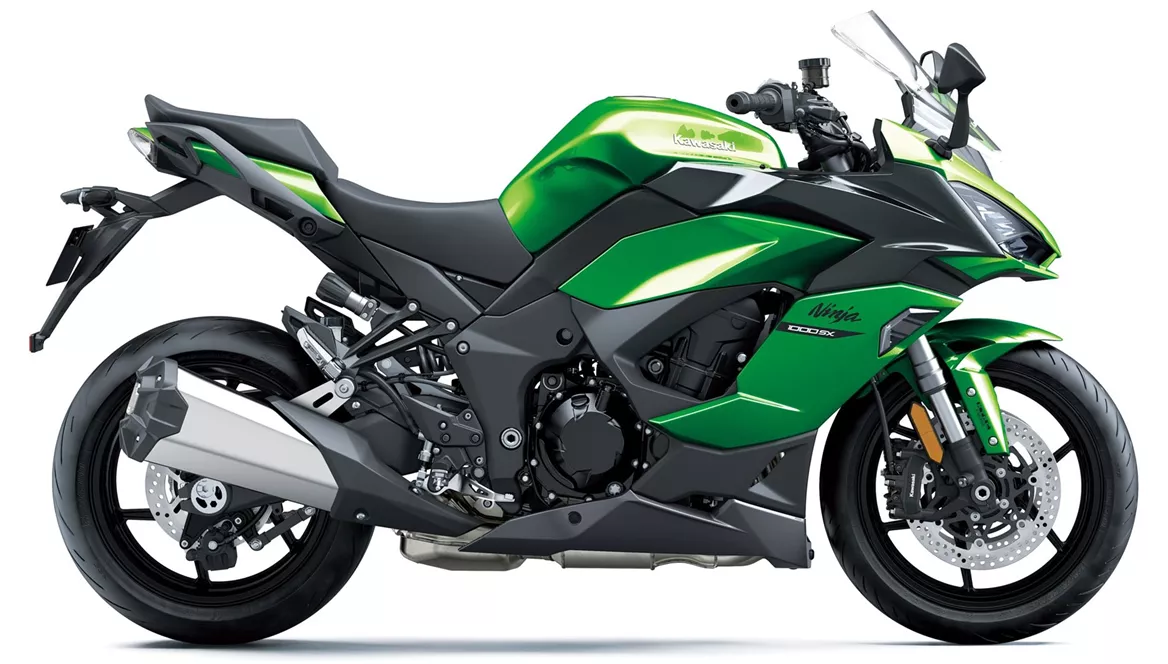
Kawasaki Ninja 1000SX 2020
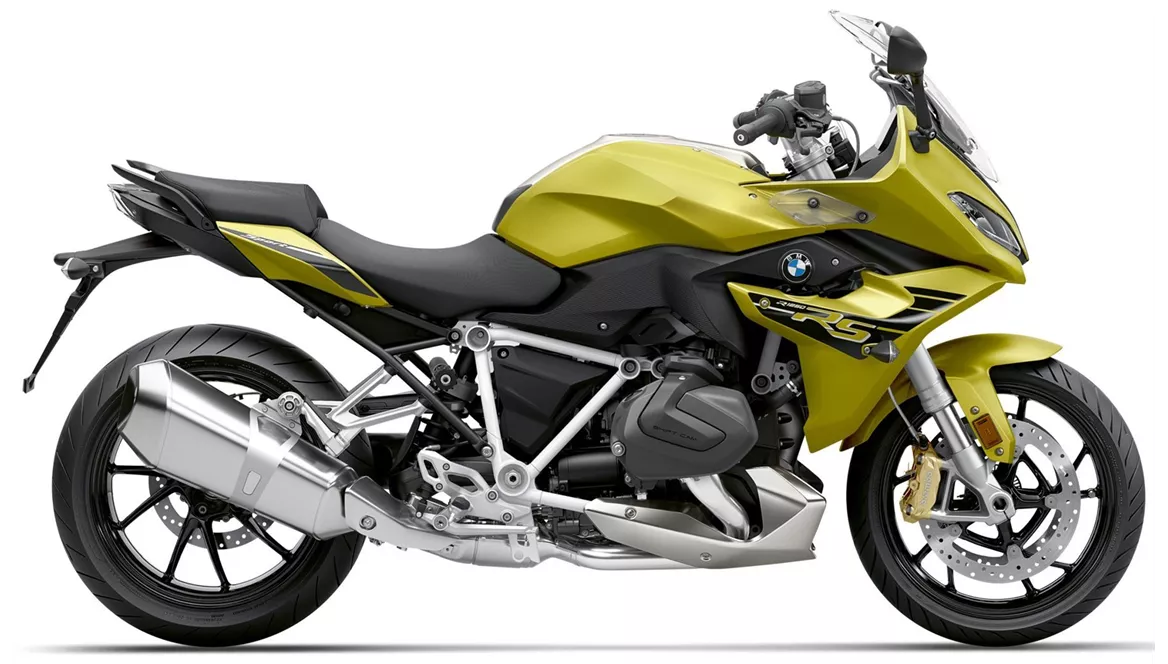
BMW R 1250 RS 2021
Overview - Kawasaki Ninja 1000SX 2020 vs BMW R 1250 RS 2021
The Kawasaki Ninja 1000SX 2020 and the BMW R 1250 RS 2021 are both sport touring motorcycles with their own unique features and characteristics.
In terms of engine and drive train, the Kawasaki Ninja 1000SX 2020 is equipped with an inline 4-cylinder engine that produces 142 HP of power and 111 Nm of torque. It has a 4-stroke, 1043ccm displacement engine and a chain transmission. On the other hand, the BMW R 1250 RS 2021 features a boxer 2-cylinder engine with 136 HP of power and 143 Nm of torque. It has a 4-stroke, 1254ccm displacement engine and a prop shaft transmission. Both motorcycles offer sufficient power and torque for sport touring purposes.
In terms of suspension, both motorcycles have upside-down telescopic forks in the front. The Kawasaki Ninja 1000SX 2020 has a front suspension travel of 120 mm, while the BMW R 1250 RS 2021 has a front suspension travel of 140 mm. In the rear, both motorcycles have a monoshock suspension with a travel of 144 mm for the Kawasaki Ninja 1000SX 2020 and 140 mm for the BMW R 1250 RS 2021. The Kawasaki Ninja 1000SX 2020 offers adjustable compression, preload, and rebound settings for the rear suspension, while the BMW R 1250 RS 2021 offers adjustable preload and rebound settings.
In terms of chassis, the Kawasaki Ninja 1000SX 2020 has an aluminum frame, while the BMW R 1250 RS 2021 has a steel frame. Both frames provide stability and durability for sport touring purposes.
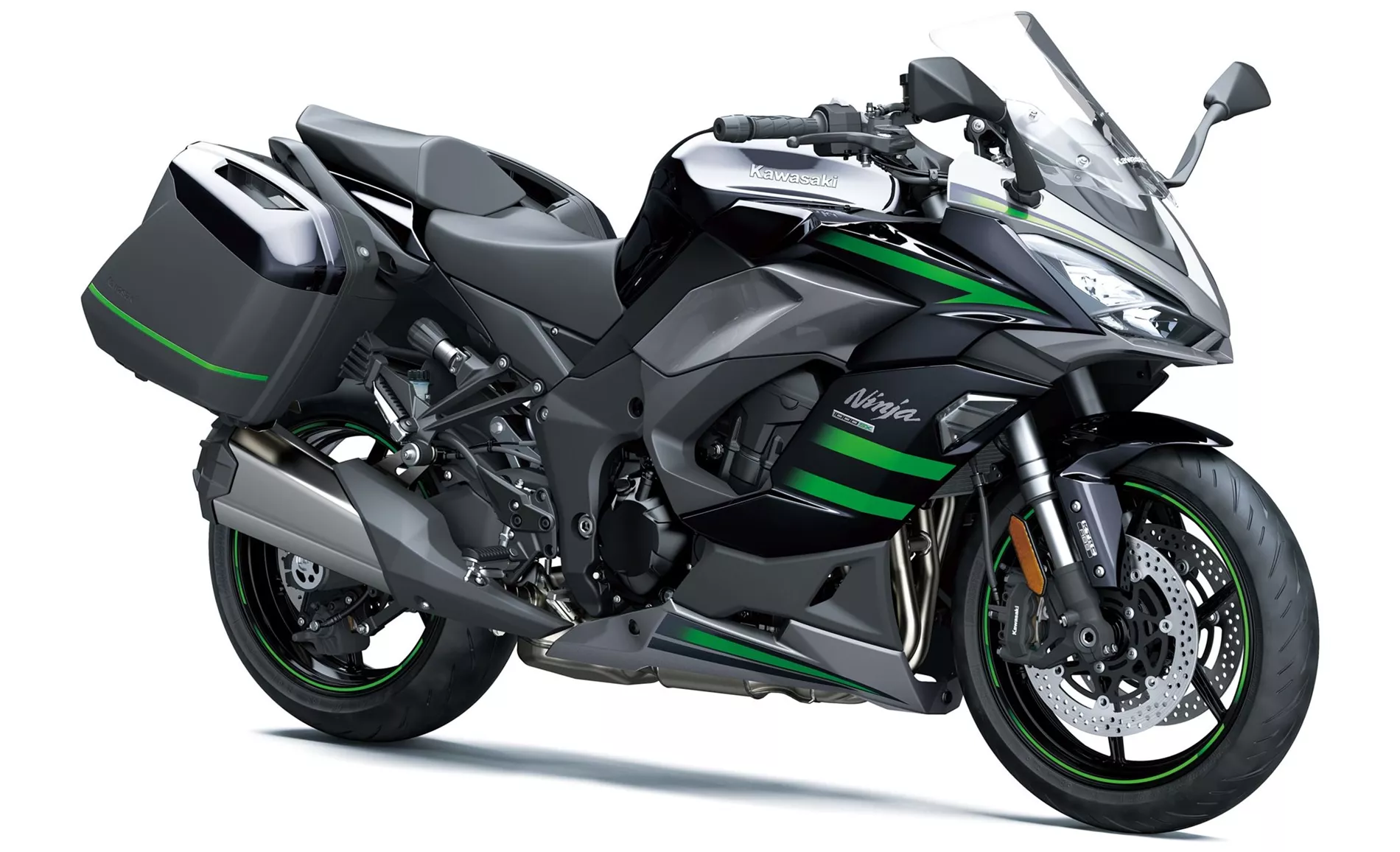
Kawasaki Ninja 1000SX 2020
In terms of brakes, both motorcycles have double disk brakes in the front. The Kawasaki Ninja 1000SX 2020 has a front brake diameter of 300 mm, while the BMW R 1250 RS 2021 has a front brake diameter of 320 mm. Both motorcycles utilize advanced braking technologies such as radial, monoblock, and petal for the Kawasaki Ninja 1000SX 2020, and radial for the BMW R 1250 RS 2021.
In terms of assistance systems, both motorcycles are equipped with advanced rider assistance systems. The Kawasaki Ninja 1000SX 2020 offers ABS, riding modes, cornering ABS, ride by wire, quickshifter, and traction control. The BMW R 1250 RS 2021 offers ABS, anti-slipping control, riding modes, and ride by wire. These systems enhance safety and performance while riding.
In terms of dimensions and weights, the Kawasaki Ninja 1000SX 2020 has a front tire width of 120 mm and a rear tire width of 190 mm, both with a diameter of 17 inches. It has a wheelbase of 1440 mm and a seat height of 834.98 mm. The kerb weight with ABS is 235 kg and it has a fuel tank capacity of 19 liters. On the other hand, the BMW R 1250 RS 2021 has a front tire width of 120 mm and a rear tire width of 180 mm, both with a diameter of 17 inches. It has a wheelbase of 1530 mm and a seat height of 820 mm. The kerb weight with ABS is 243 kg and it has a fuel tank capacity of 18 liters. Both motorcycles offer stability, maneuverability, and comfortable seating positions.
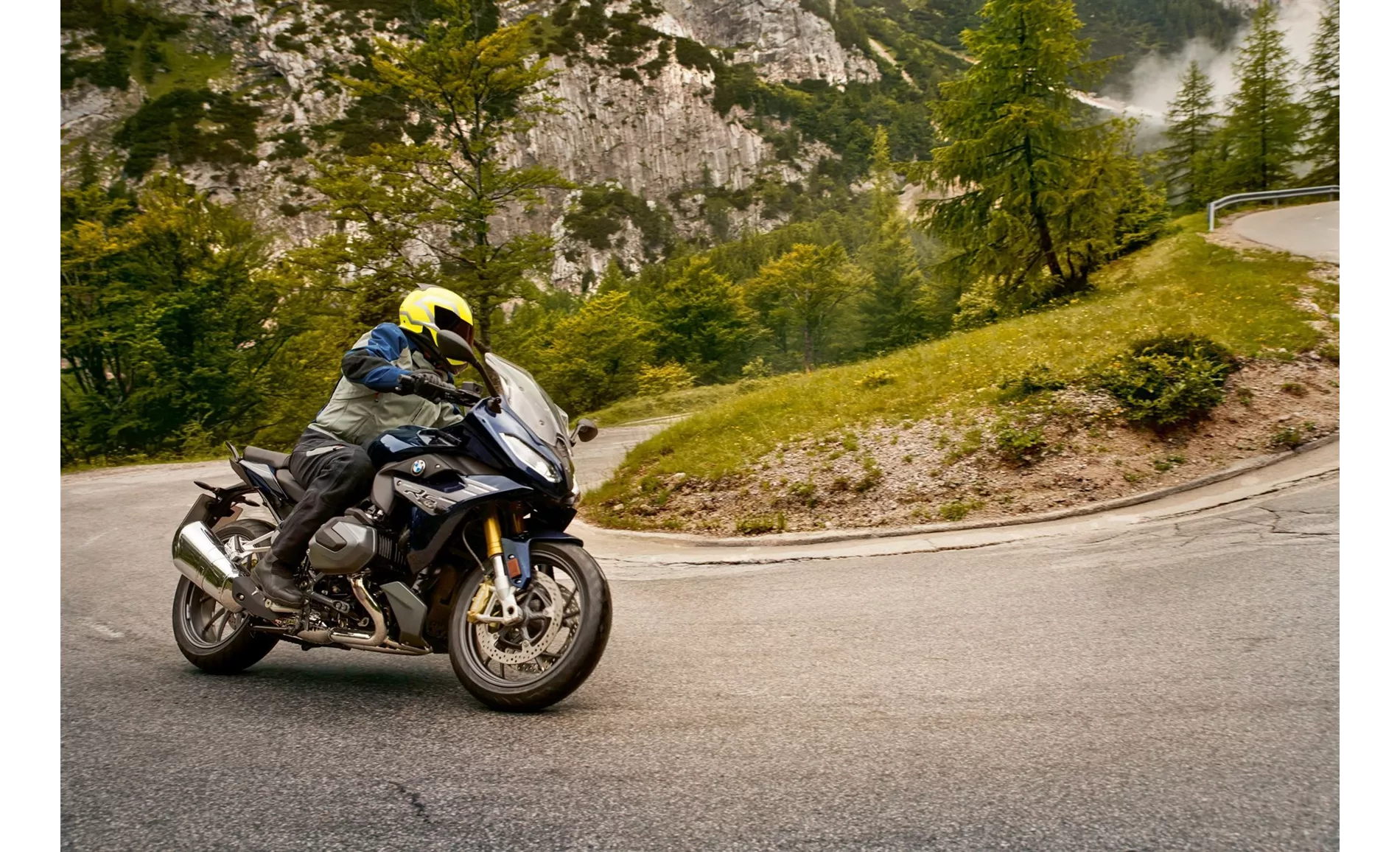
BMW R 1250 RS 2021
In terms of equipment, the Kawasaki Ninja 1000SX 2020 is equipped with LED daytime running lights, LED headlights, a TFT display, and an adjustable windscreen. The BMW R 1250 RS 2021 is equipped with LED headlights. The Kawasaki Ninja 1000SX 2020 offers additional features such as cruise control as standard, while the BMW R 1250 RS 2021 offers an extensive list of accessories.
In terms of strengths, the Kawasaki Ninja 1000SX 2020 has a refined and powerful engine, balanced handling, a comfortable chassis, a sufficiently comfortable seating position, modern looks, good brakes, LED lights all around, a color TFT display, and cruise control as standard. The BMW R 1250 RS 2021 has high stability in long radii, an agile and high-revving boxer engine, good looks, a comfortable seating position, and a great ESA chassis.
In terms of weaknesses, the Kawasaki Ninja 1000SX 2020 has a windshield that can only be adjusted with both hands, which may be inconvenient for some riders. The BMW R 1250 RS 2021 has a high weight that can be noticeable in tight bends, a windshield that could be higher for better wind protection, many compulsory features at extra cost, and can feel somewhat sluggish.
Overall, both the Kawasaki Ninja 1000SX 2020 and the BMW R 1250 RS 2021 are capable sport touring motorcycles with their own unique features and characteristics. Riders should consider their individual preferences and priorities when choosing between these two models.
Technical Specifications Kawasaki Ninja 1000SX 2020 compared to BMW R 1250 RS 2021
Pros and Cons in comparison
Pros and Cons in comparison
Kawasaki Ninja 1000SX 2020
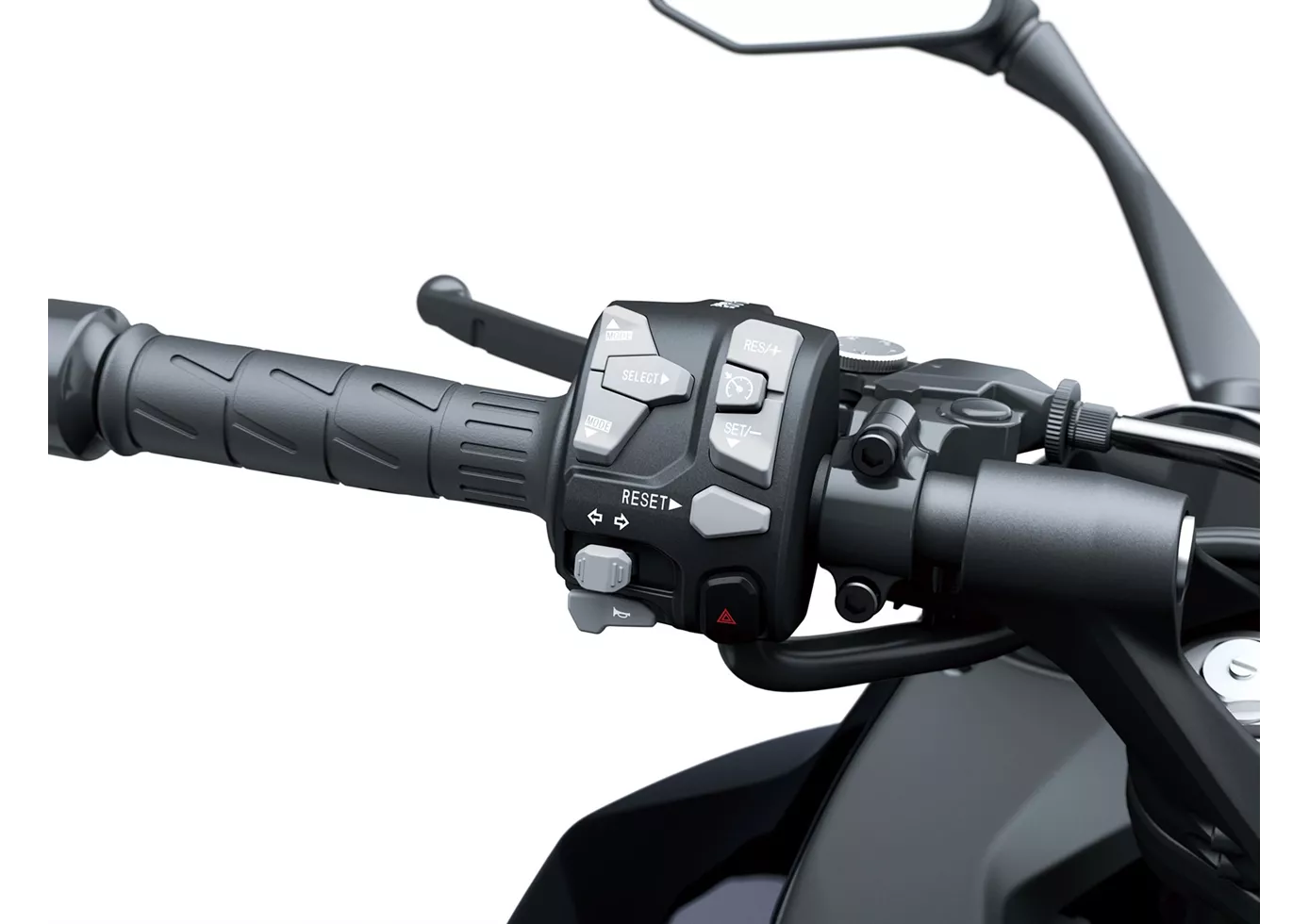
The Kawasaki Ninja 1000SX is more evolution than revolution - but what is the point of reinventing everything in a balanced sports tourer? But the new name is definitely justified, with the many new features made possible by the Ride-by-Wire system, among others, the sports tourer is absolutely up to date. Cornering ABS, modern traction control and riding modes provide safety and adjustment options to personal preferences, the shift assistant favours sport as well as touring. What's more, the price is hot (at least in Austria)!
BMW R 1250 RS 2021

A great engine in a pretty dress is not everything. The standard equipment of the BMW R 1250 RS is disappointing; neither quickshifter nor cruise control are included, which is no longer in keeping with the times in 2021. Ergonomically, the Bavarian can be adapted to almost any rider. The ESA suspension is great and a must-have extra, especially when there are two of you. In tight bends, the RS's weight is indisputable; here it seems almost sluggish. The wider the radii, the more confident you are on the BMW. Wind and weather protection are good, although a slightly higher windshield would be desirable.
Price Comparison Avarage Market Price Kawasaki Ninja 1000SX vs BMW R 1250 RS
There are a few key differences between a Kawasaki Ninja 1000SX 2020 and a BMW R 1250 RS 2021. In terms of price, the actual average price of a BMW R 1250 RS 2021 is about 43% higher. Compared to BMW R 1250 RS 2021 there are more Kawasaki Ninja 1000SX 2020 bikes available on the 1000PS.de Marketplace, specifically 10 compared to 6. It takes less time to sell a BMW R 1250 RS with 57 days compared to 83 days for the Kawasaki Ninja 1000SX. Since model year 2020 1000PS.de editors have written 13 reviews for the Kawasaki Ninja 1000SX and 11 reviews for the BMW R 1250 RS since model year 2019. The first review for the Kawasaki Ninja 1000SX was published on 05/11/2019 and now has more than 40,500 views. This compares to more than 77,400 views for the first review on BMW R 1250 RS published on 06/11/2018.
